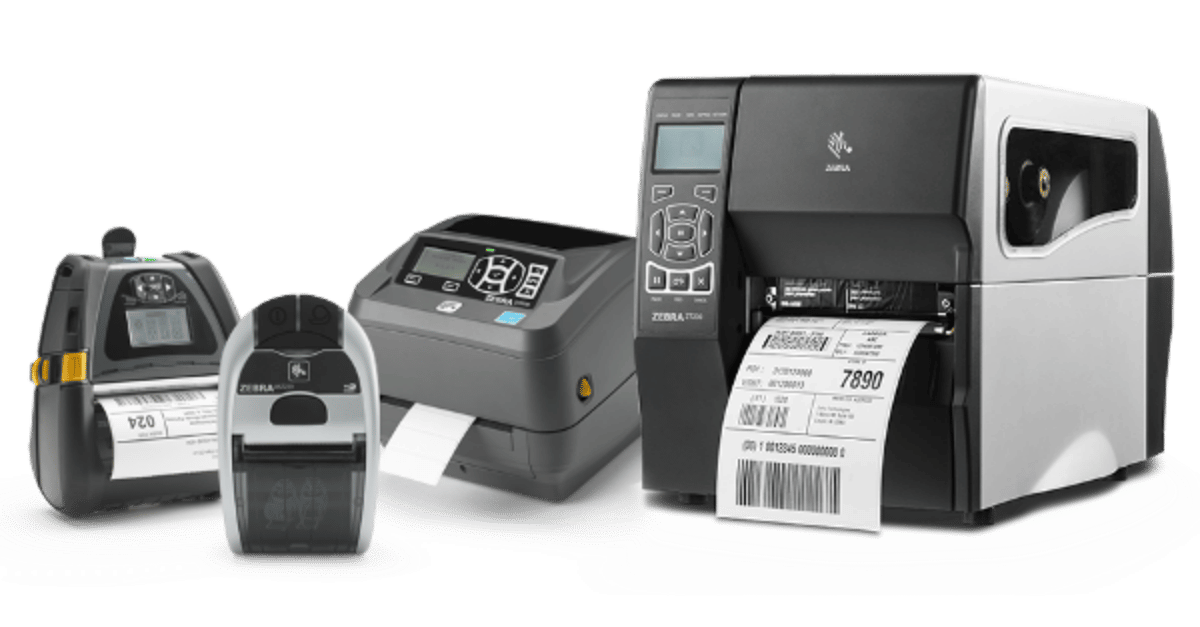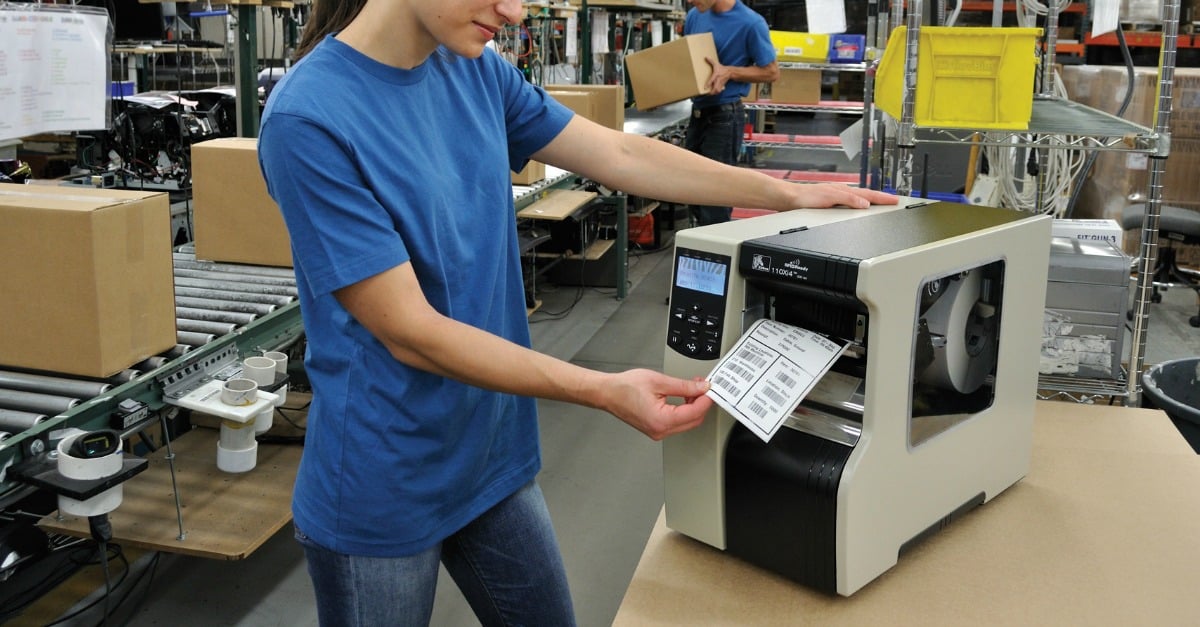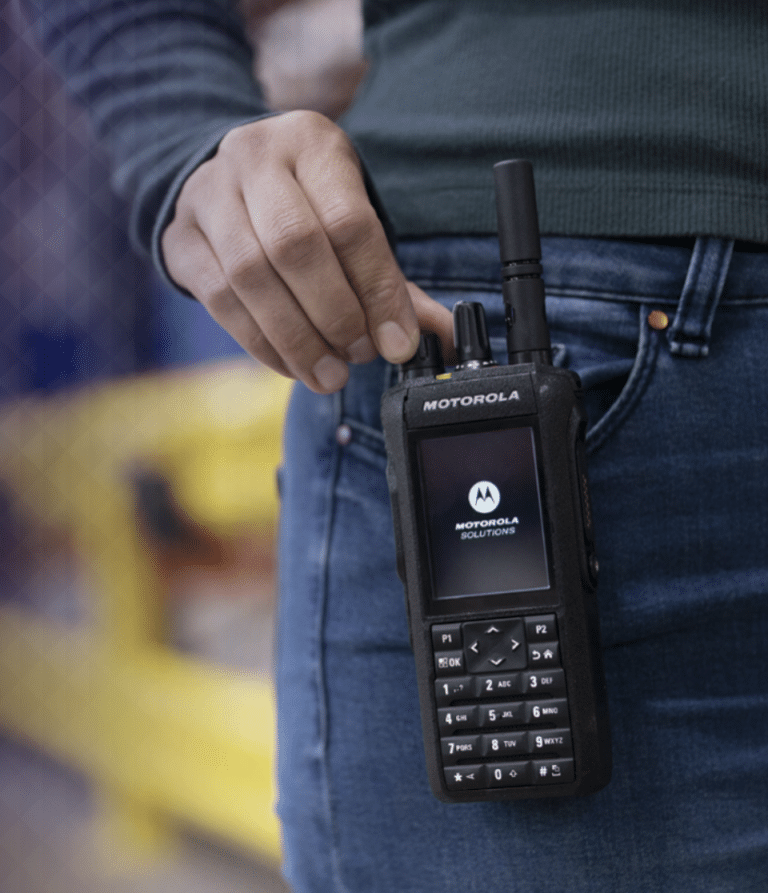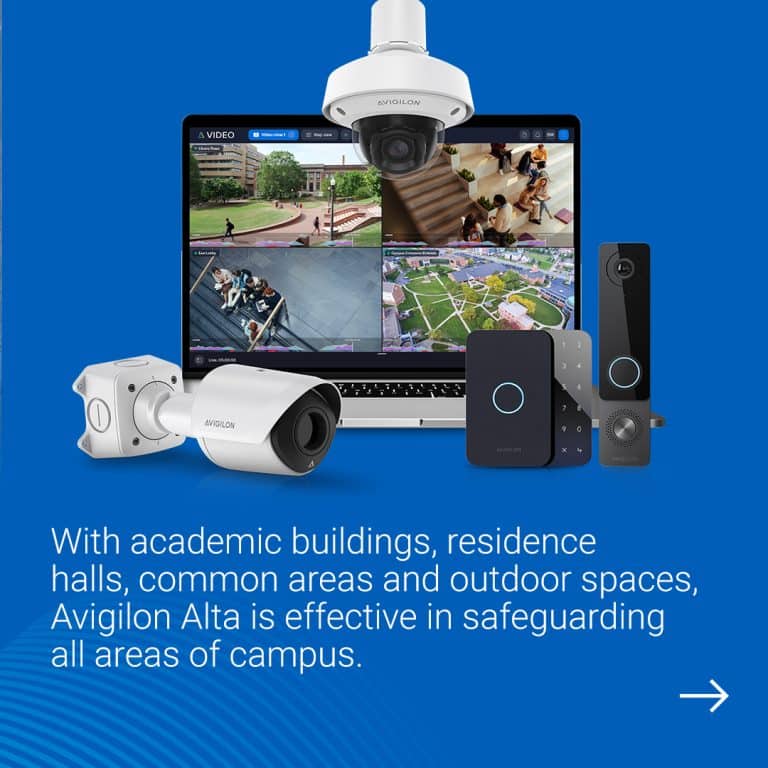1. Quick Deployment
Time is the one resource you can never regain, but you can save it with printers designed to simplify setup. You should be able to easily connect the printer with a mobile device. Out of the box, it should offer a setup app to guide you through configuring the printer without any special, technical knowledge.
2. Easy to Use
Ease-of-use can translate into less frustration and downtime. Look for printers that utilize color-coded touchpoints and include diagrams inside. These can direct a novice through the process of loading the media or ribbon.
Keep in mind components such as printhead pressure toggles and media sensors; they should be designed to simplify operation. Also, enquire if support or videos are available to help rapidly resolve errors.
3. Effortless Device Management
A printer you can monitor over the internet is one you can remotely upgrade — a true time-saver. Remote access also gives you immediate insight into the status of your printer’s performance, ensuring greater uptime.
Don’t forget about the cloud. Check if your printer offers an encrypted, cloud connection. This ensures your printer can directly and securely connect to apps running in the cloud, for greater convenience.
4. Reliability and Support
The difference between a reliable printer and one prone to repairs is structure. Make sure yours is built to withstand dirt, dust, heat, cold, and moisture.
Equally important are service and support. Seek out printers that come with large, global support organizations (like our partner, Zebra Technology). If you encounter technical issues, you don’t want to deal with them alone. Given the sheer volume these printers will output, expect to replace certain parts, such as the printheads and platen rollers.
Ideally, you want printers that either don’t require tools to replace these parts or make the process of replacing common parts straightforward.
5. Future Flexible
Technology constantly evolves — so will your printing needs. Today, barcode labels are common. Tomorrow, RFID might be necessary. Invest in a printer made to adapt. It should allow you to add new capabilities without any fuss. If it includes slots, even better. That will allow you to add new communication ports.
It’s wise to also opt for a printer with media handling options (for example, a label peeler or cutter) that can be installed in the field.
6. Built-in Security
The rising number of connected devices brings a rising number of entry points into your infrastructure. That applies to printers too, making security an imperative. Safeguard your system with printers that offer deep layers of built-in security, from encryption to preventative tools and proactive measures.
7. Brand
Your final task is choosing a brand. Brands such as Zebra come with an established reputation of being a provider of high-quality printers. The reliability of a well-known brand may end up costing you less in the long run. Some vendors offer multiple brands and others work directly for a single manufacturer. Choose a reputable seller that takes the time to fully understand your needs.
Whether you’re making deliveries, manufacturing and distributing goods, or serving customers, Commenco’s industrial printers ensure you get the job done right.

Want to test out a printer?
Are your industrial labels tough enough? Read more >>






